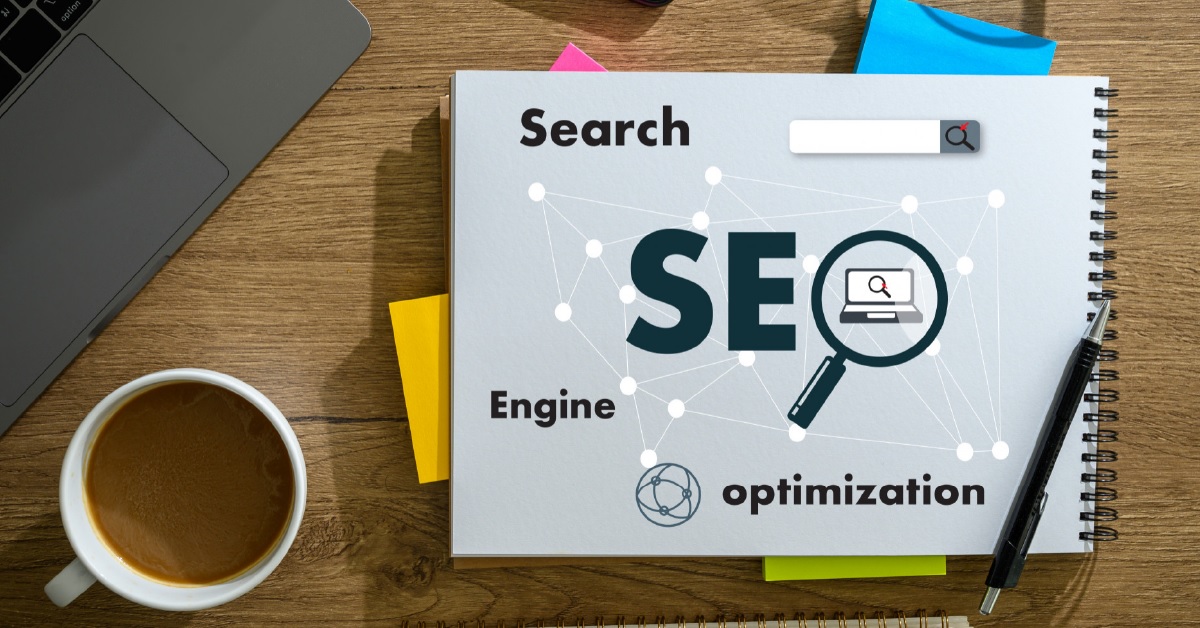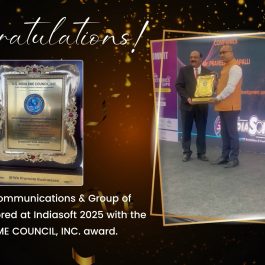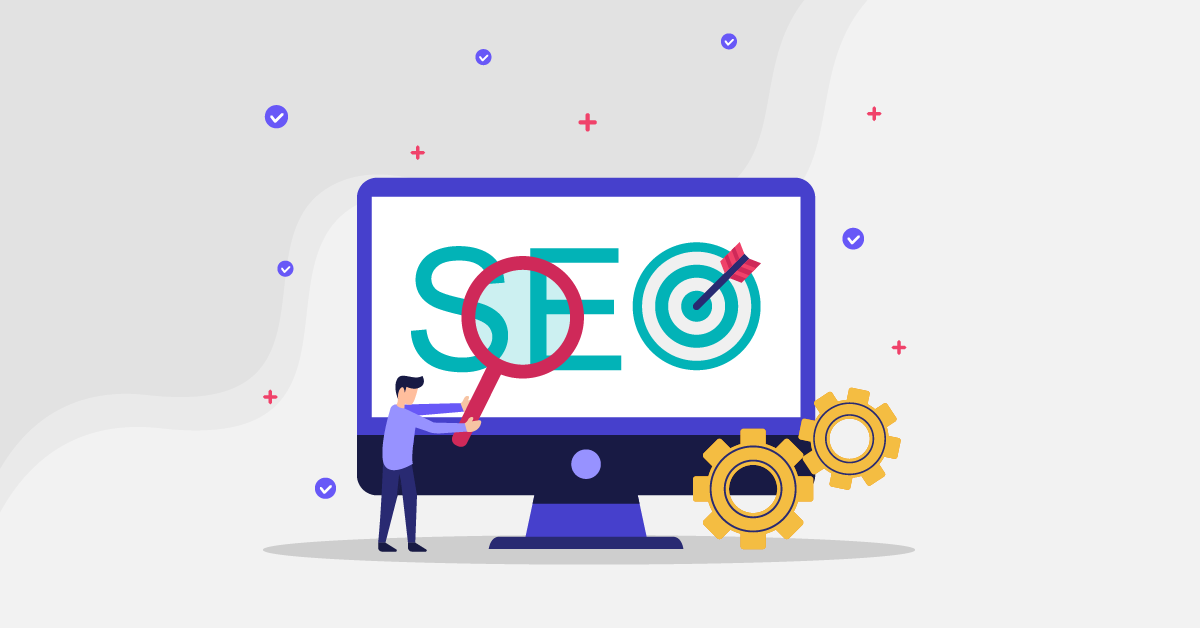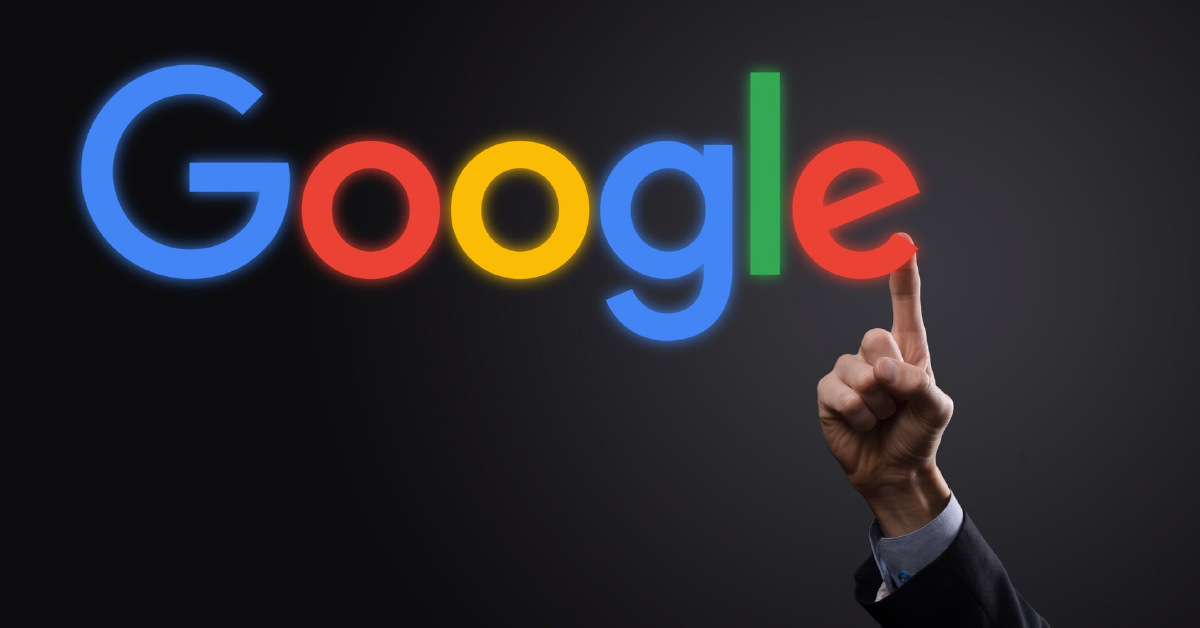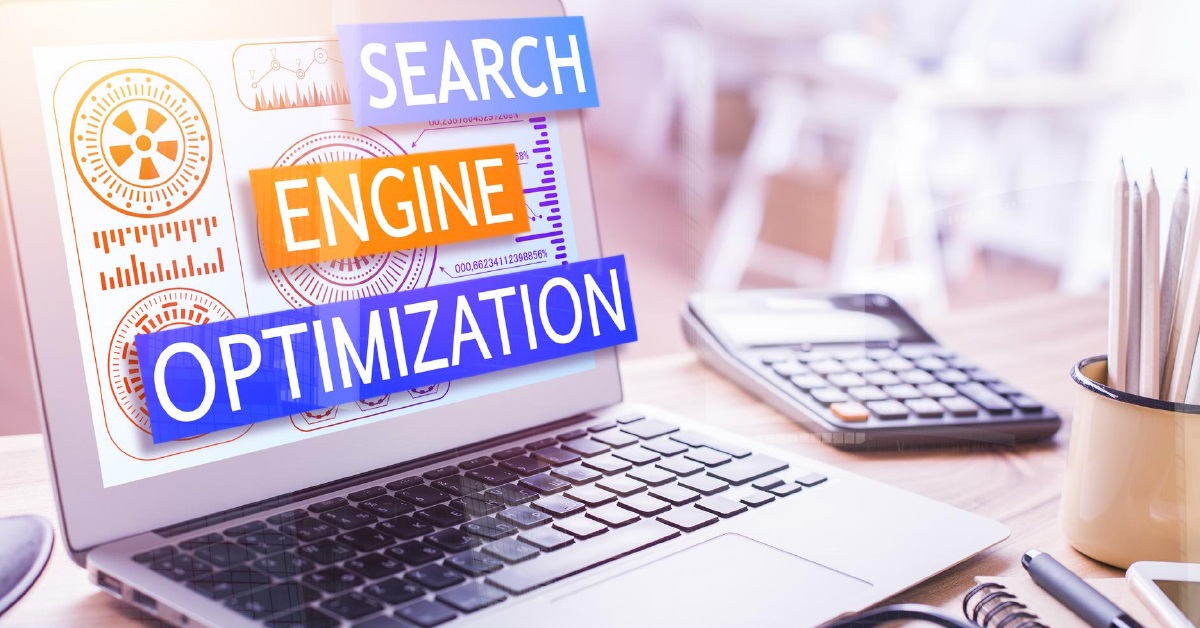5 min read
Table of Contents
On-Page SEO: An Overview
On-page SEO, also referred to as onsite SEO or onsite optimization, refers to all the strategies and modifications you apply directly to your website in order to raise your Google ranking.
It entails tweaking your website’s content, meta descriptions, and URLs to improve how appealing and pertinent it is to users and search engines alike.
The quality of the user experience on your website will increase with the effectiveness with which your site and content are optimized.
The more effectively your site and content are optimized, the better the overall user experience on your site will be.
A better ranking on the SERPs, more traffic, and a higher ROI are all inevitably brought on by a great user experience that includes informative content and an intuitive interface.
Why is ON-PAGE SEO Important?
The fact that on-page SEO gives Google a thorough description of your website and the advantages you provide to users explains the significance of on-page SEO. It assists with making your website optimized for both human users and search engine robots. To rank well and attract new visitors, you must optimize your website for Google and other search engines; more than simply creating and publishing your website is required.
In contrast to off-page and technical SEO marketing components, which are only sometimes visible, on-page SEO services focus on the adjustments and changes you make to your website in order to optimize it.
You are entirely responsible for all aspects of on-page SEO, so it is essential that you carry it out correctly. To get our on-page SEO checklist, click the button below if you need help with that. Once you have it, follow the instructions in this manual carefully, and we will help you finish it quickly. Just wait, and we will guide you every step of the way!
What to Consider When Creating an on-page SEO Strategy
On-page SEO is so named because the modifications you make to your website are visible to visitors (as opposed to off-page and technical SEO components, which can occasionally be hidden but still have an impact).
Despite this, there are still technical aspects of on-page SEO that you should think about and implement. Crawling and indexing your website is essential. Search engines must first search the internet for content, reading the code and content of every URL they come across. After that, the content is saved and organized. Indexing increases the likelihood that a page will be shown in response to relevant searches.
Use the advanced search operator “site:yourdomain.com” to examine the pages that have been indexed for your website. Enter “site:yourdomain.com” into the Google search bar.
This will produce the results that Google has listed for the site you specified. Using “inurl:” “in the title:,” and “intext:,” you can also add extra identifiers and conduct searches for particular pages, words, or subjects. You can view a complete list of Google search operators here.
Your digital content strategy can be improved by creating an on-page SEO content strategy after it has been displayed. You have full control over every aspect of on-page SEO. Making the appropriate decisions and carrying out the task correctly is, therefore, imperative.
Let us talk about the on-page SEO components now.
-
Initial Keyword Research
The cornerstone of on-page SEO is keyword research. Analyze your target market to identify the appropriate terminology and expressions that they are most likely to use. Find high-traffic, low-competition keywords by using keyword research tools like Google Keyword Planner and SEMrush.
-
Content Excellence
Produce audience-focused content that is of the highest quality and most informative. Content needs to be clearly organized, free of grammar mistakes, and readable. Long-form content frequently outperforms shorter content in search results.
On-Page Components
- Tags for titles
Make title tags (60–70 characters) that are intriguing and descriptive and contain your target keyword. In order to encourage users to click, the title tag should accurately describe the information on the page.
- The meta description
Concisely summarize the content of your page in compelling meta descriptions (150–160 characters). Add the target keyword and a call to action (CTA) that is obvious to encourage clicks.
- Header Tags (H1, H2, H3)
To logically organize your content, use header tags (H1, H2, H3, etc.). The page’s primary subject and keyword should both be included in the H1 tag. To divide content into easily digestible chunks, use subheadings (H2, H3, etc.).
- Keyword Positioning
Include your target keyword naturally throughout the content, but refrain from stuffing it with it. When appropriate, include it in subheadings, the title, and the first 100 words of your content.
Strategies for Linking
- Linking Internally
Internal Linking Internal links on your website should direct visitors to relevant pages. This assists users in navigating your website and aids search engines in understanding its organizational structure. The anchor text for a link should be informative and pertinent to the linked page.
- Exterior Links
Add trustworthy external links to reliable sources to enhance the value of your content. Outbound links can enhance the credibility and relevance of your page.
Optimizing for multiple media
- Image Enhancement
Compressing images will allow you to reduce file size without sacrificing quality. For image alt text, be sure to include your target keyword when appropriate and be descriptive.
Technical Points of Interest
- Adaptive Design for Mobile
Make sure your website is mobile- and responsive-friendly. Google uses a mobile-first indexing strategy, which means that it gives the mobile version of your website a ranking factor.
- Website Speed
Attempt to achieve quick page loads. Higher bounce rates and lower search rankings are two consequences of slow-loading pages. For performance problems to be found and fixed, use tools like Google PageSpeed Insights.
- Certificate for SSL
Using an SSL certificate will secure your website. Google prioritizes HTTPS websites, which may have an impact on your search results.
- Schema Markup
Apply schema markup to your content to provide search engines with structured data. This might result in rich snippets in search results, which would increase click-through rates.
- Consumer Experience (UX)
Focus on the user experience by making sure the site has simple navigation, obvious calls to action, and a clean design. Your SEO expert efforts may benefit from a satisfying user experience.
Collaboration and Sharing
- Facebook Sharing
Increase reader social media sharing by including social sharing buttons in your content. Social signals may have a secondary impact on search results.
- Updates Frequently
Regular updates will keep your content relevant. Search engines favor content that has been updated and is relevant.
- Examine any broken links.
Check your website frequently for broken links and replace them without delay. Broken links can negatively impact SEO and the user experience. Observe market developments and algorithm alterations.
Analytics and Observation
Utilize resources such as Google Analytics and Google Search Console to evaluate the effectiveness of your website. Keep tabs on your user behavior, organic traffic, and ranking positions to make data-driven improvements.
Conclusion
Utilize this extensive on-page SEO checklist to enhance your content for search engines and increase the likelihood of achieving better rankings. Remember that SEO is a never-ending process, so it is essential for long-term success to stay current with industry trends and algorithm changes with the help of an extremely potential SEO marketing agency. You can reach out to Varun Digital Media representatives.
Published: October 13th, 2023
